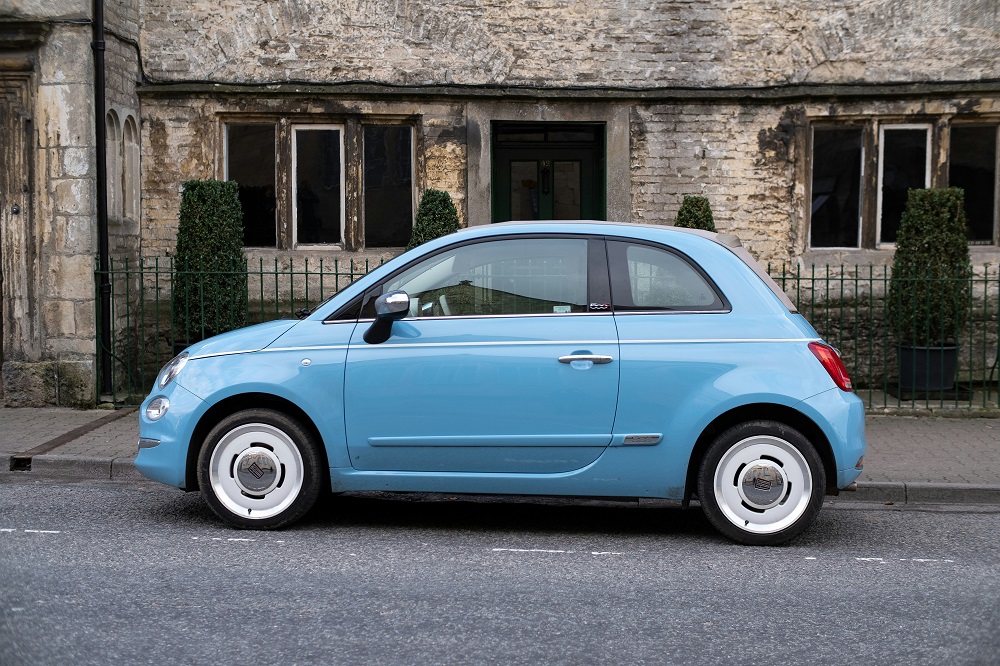Les voitures autonomes : état des lieux en 2025

Sommaire
Les voitures autonomes : état des lieux en 2025
Self-driving vehicles are no longer science fiction in 2025. They exist. They move—albeit only in designated locations. And they stir controversy. As breakthroughs and accidents alternate, the road to autonomy is anything but straightforward.
But what exactly are we talking about when we say “self driving”?
What are self driving cars?
Autonomous vehicles, also referred to as self-driving cars, are vehicles that can drive themselves without human involvement—at least under certain conditions. They leverage a combination of sensors, artificial intelligence, and real-time data to drive, decide, and get from point A to point B.
They’re categorized according to SAE International’s Levels of Driving Automation, which go from Level 0 (no automation) to Level 5 (full autonomy). What’s on the market for most consumers today is at Level 2—partial automation. That’s when the car can steer, accelerate, and brake but needs to be monitored by a human being at all times.
Some more advanced prototypes, especially in ride-hailing fleets, reach Level 4, where the vehicle is doing all the driving within certain conditions or geofenced areas. Yet, no vehicle on public roads is fully autonomous to date.


